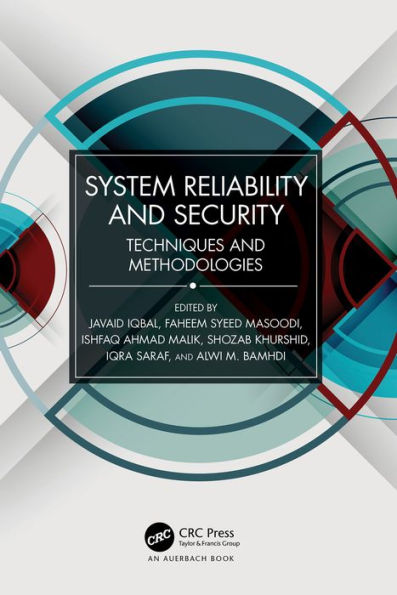Because of the growing reliance on software, concerns are growing as to how reliable a system is before it is commissioned for use, how high the level of reliability is in the system, and how many vulnerabilities exist in the system before its operationalization. Equally pressing issues include how to secure the system from internal and external security threats that may exist in the face of resident vulnerabilities. These two problems are considered increasingly important because they necessitate the development of tools and techniques capable of analyzing dependability and security aspects of a system. These concerns become more pronounced in the cases of safety-critical and mission-critical systems.
System Reliability and Security: Techniques and Methodologies focuses on the use of soft computing techniques and analytical techniques in the modeling and analysis of dependable and secure systems. It examines systems and applications having complex distributed or networked architectures in such fields as:
- Nuclear energy
- Ground transportation systems
- Air traffic control
- Healthcare and medicine
- Communications
System reliability engineering is a multidisciplinary field that uses computational methods for estimating or predicting the reliability aspects of a system and analyzing failure data obtained from real-world projects. System security is a related field that ensures that even a reliable system is secure against accidental or deliberate intrusions and is free of vulnerabilities. This book covers tools and techniques, cutting-edge research topics, and methodologies in the areas of system reliability and security. It examines prediction models and methods as well as how to secure a system as it is being developed.
Because of the growing reliance on software, concerns are growing as to how reliable a system is before it is commissioned for use, how high the level of reliability is in the system, and how many vulnerabilities exist in the system before its operationalization. Equally pressing issues include how to secure the system from internal and external security threats that may exist in the face of resident vulnerabilities. These two problems are considered increasingly important because they necessitate the development of tools and techniques capable of analyzing dependability and security aspects of a system. These concerns become more pronounced in the cases of safety-critical and mission-critical systems.
System Reliability and Security: Techniques and Methodologies focuses on the use of soft computing techniques and analytical techniques in the modeling and analysis of dependable and secure systems. It examines systems and applications having complex distributed or networked architectures in such fields as:
- Nuclear energy
- Ground transportation systems
- Air traffic control
- Healthcare and medicine
- Communications
System reliability engineering is a multidisciplinary field that uses computational methods for estimating or predicting the reliability aspects of a system and analyzing failure data obtained from real-world projects. System security is a related field that ensures that even a reliable system is secure against accidental or deliberate intrusions and is free of vulnerabilities. This book covers tools and techniques, cutting-edge research topics, and methodologies in the areas of system reliability and security. It examines prediction models and methods as well as how to secure a system as it is being developed.

System Reliability and Security: Techniques and Methodologies
272
System Reliability and Security: Techniques and Methodologies
272Related collections and offers

